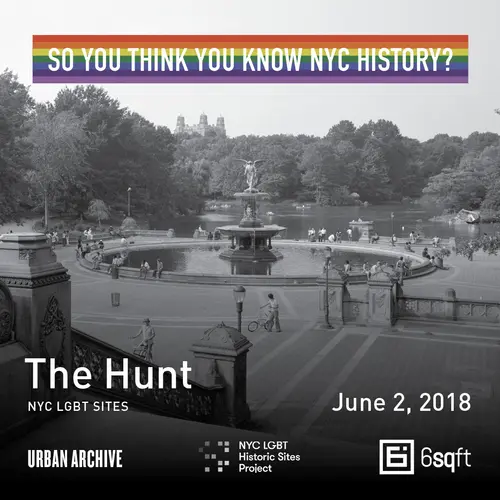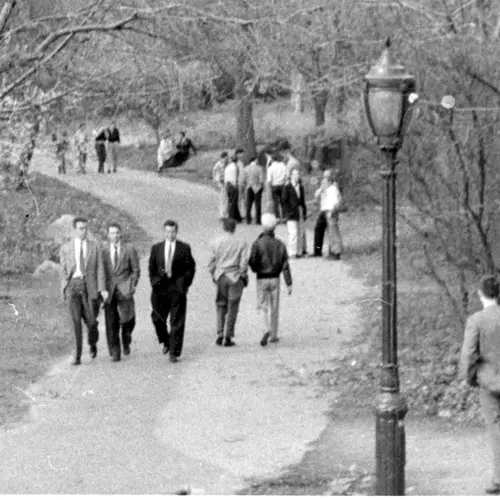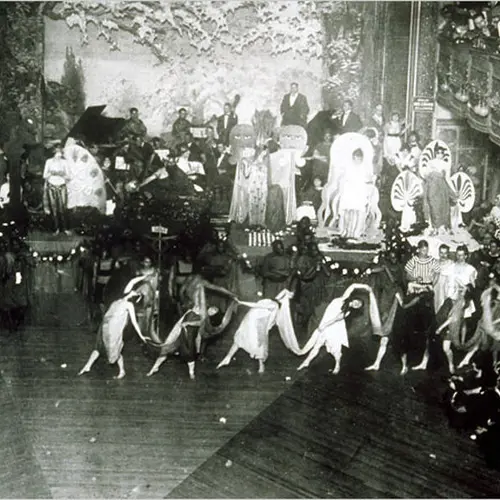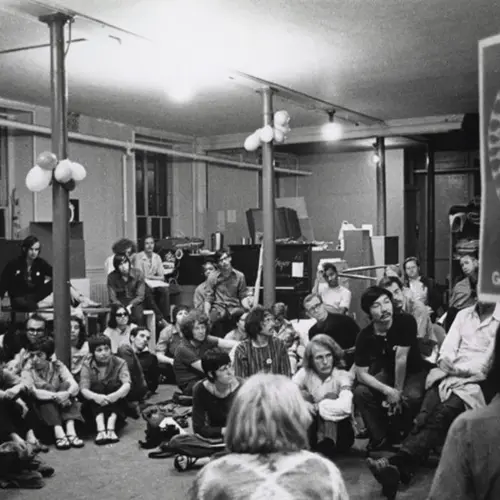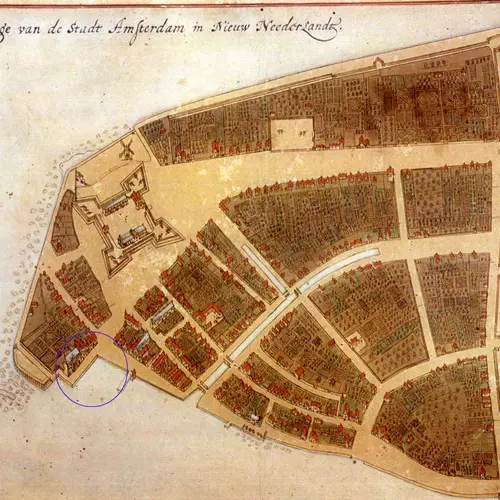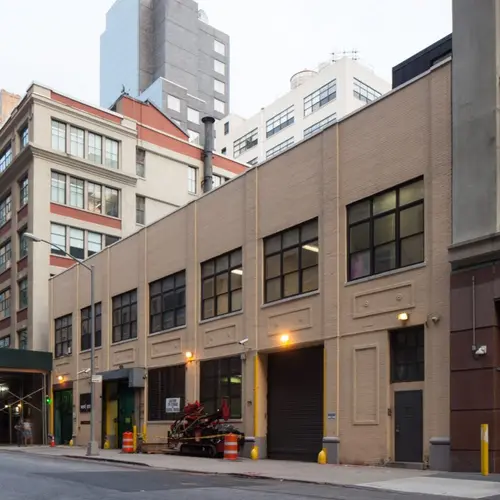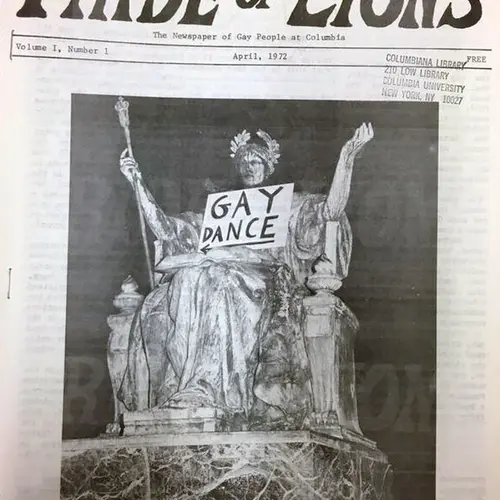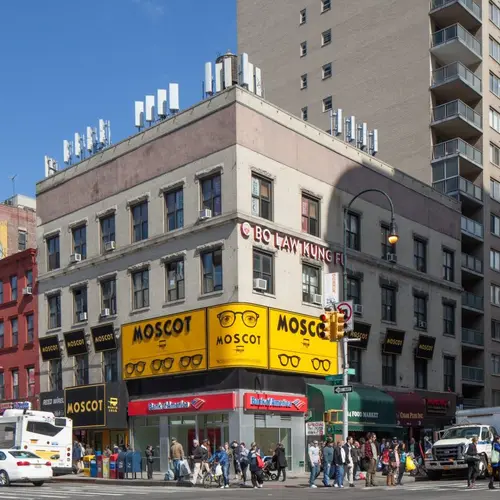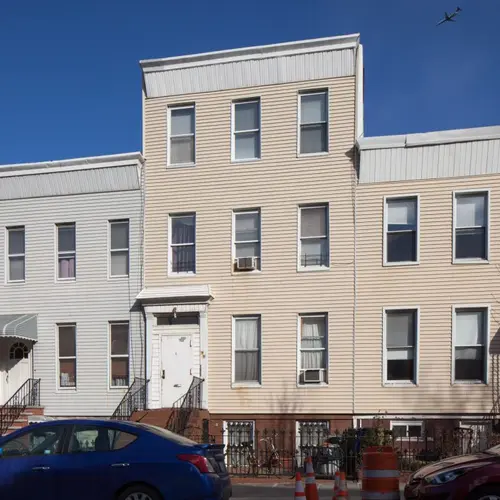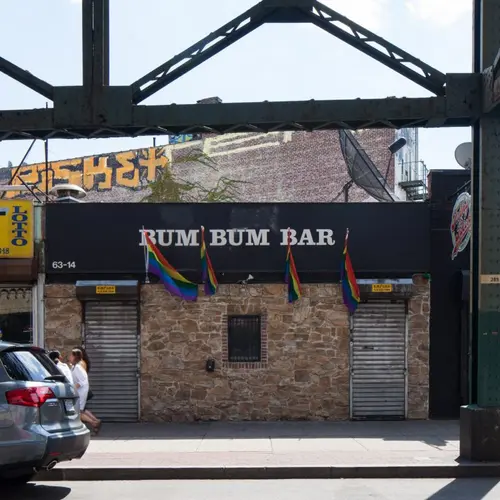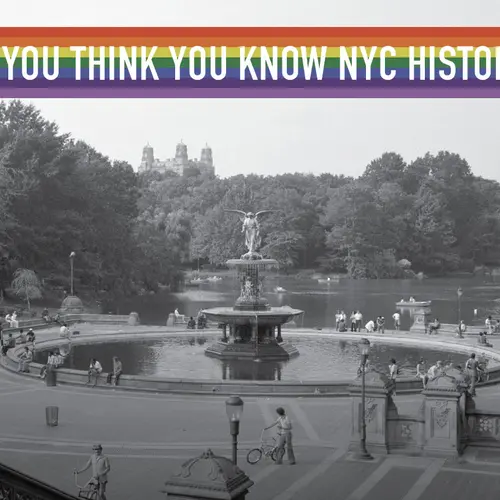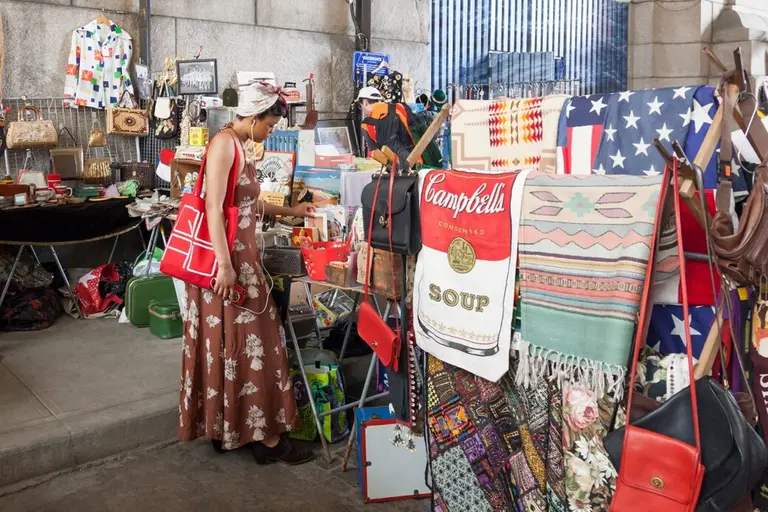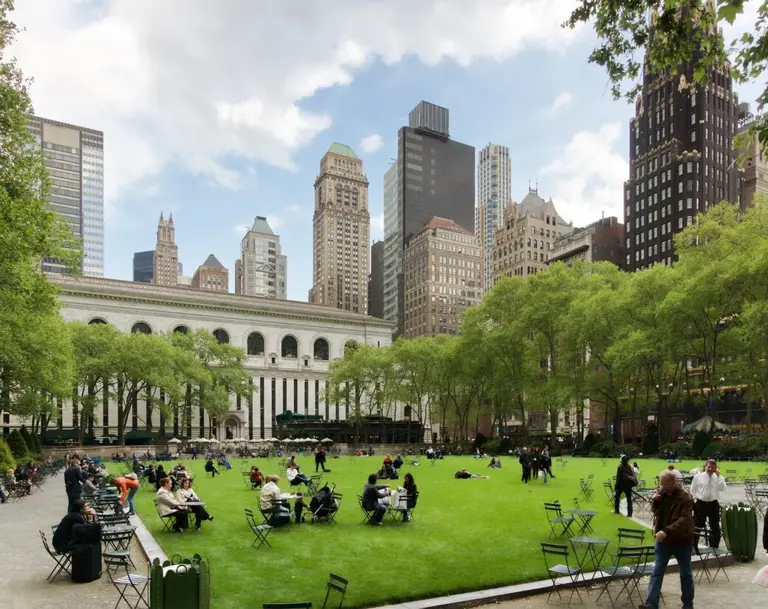8 things you didn’t know about LGBT history in NYC
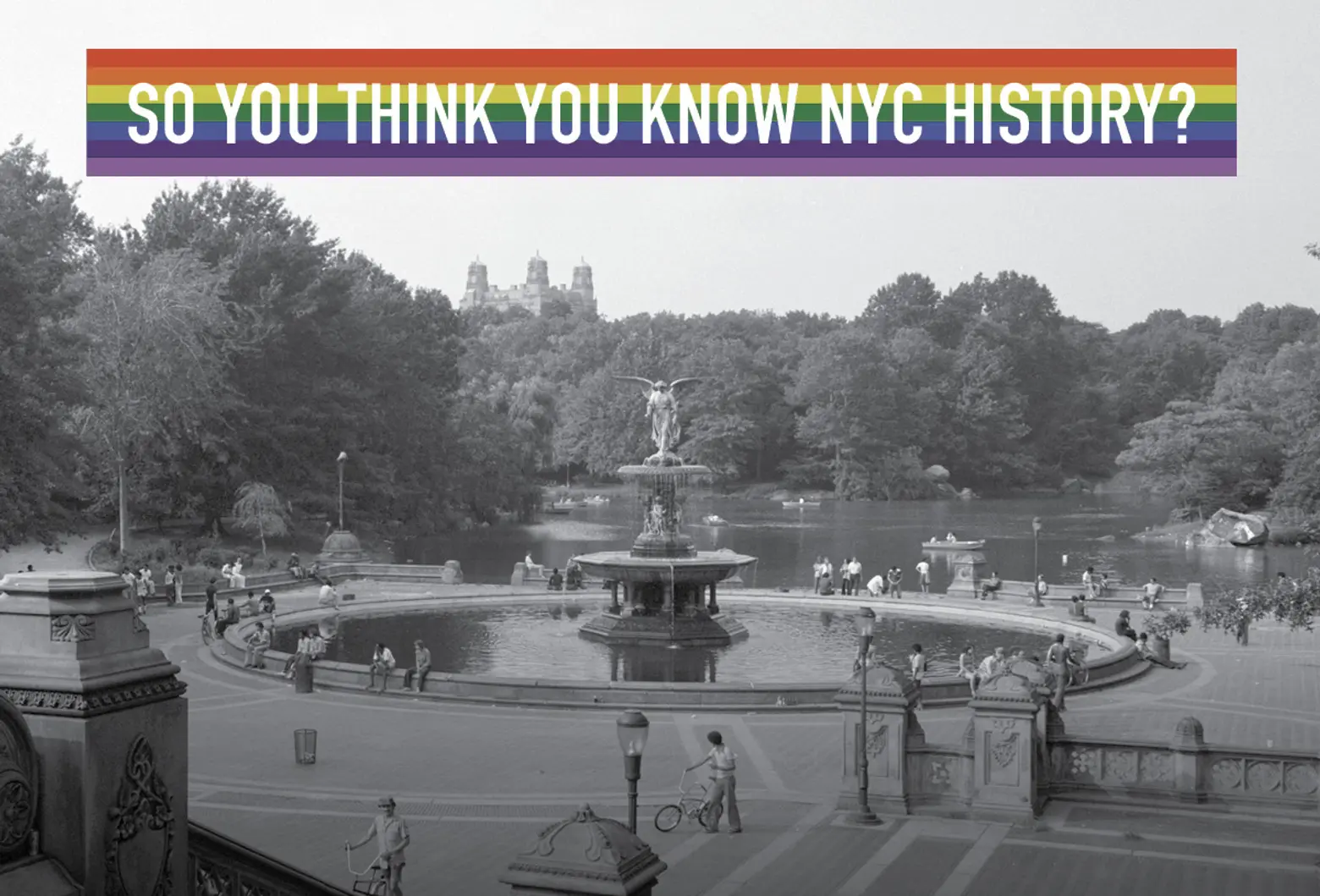
This Saturday, 6sqft is excited to sponsor “The Hunt: NYC LGBT Sites.” Put on by our friends at Urban Archive and the NYC LGBT Historic Sites Project, the three-hour historic scavenger hunt will mark Pride Week by focusing on the history of the LGBT community in NYC. To give 6sqft readers an idea of what to expect, the Historic Sites Project has put together eight things you probably don’t know about LGBT history in New York, from the four remaining lesbian bars in the city to the first LGBT activist organization.
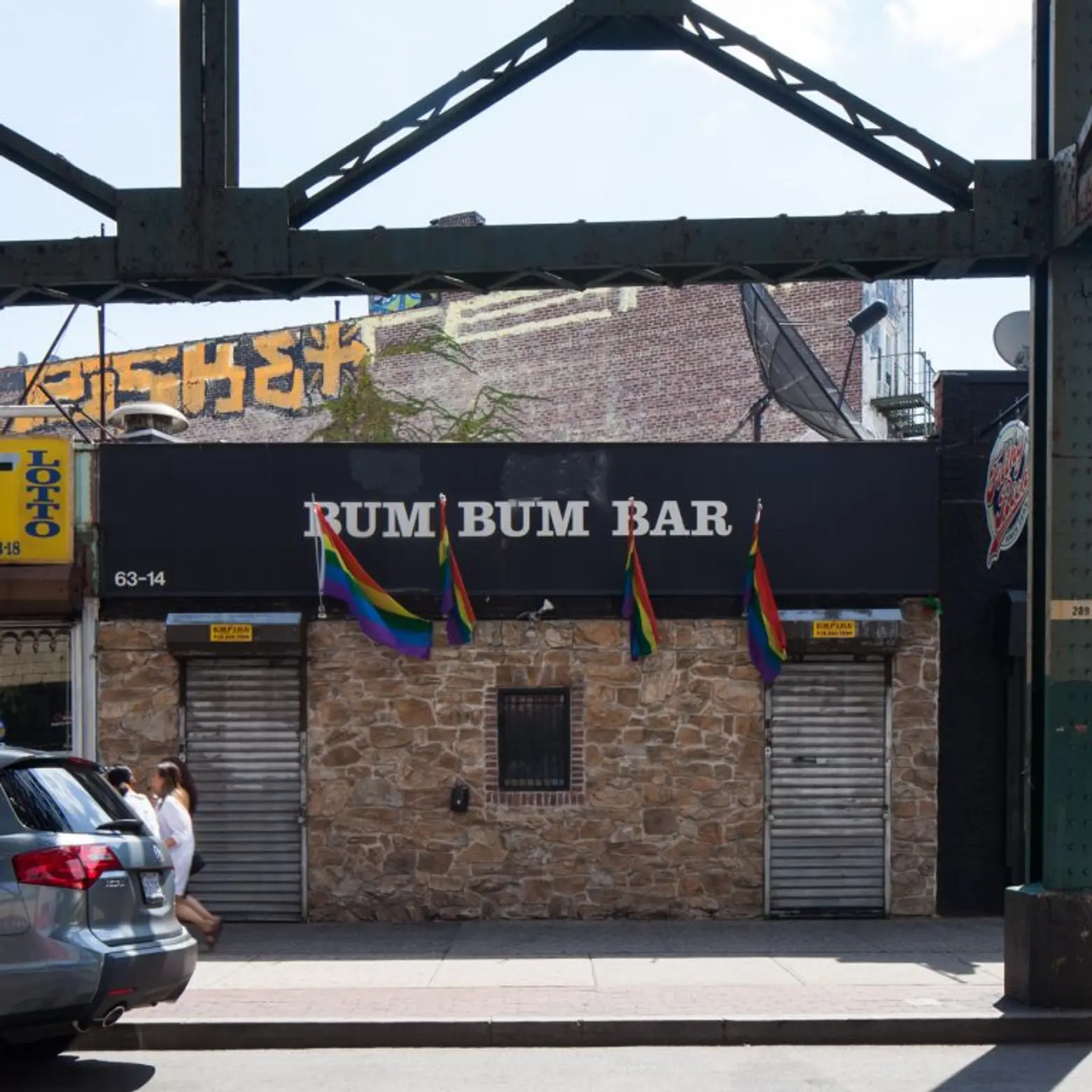
↑ 1. There are only four lesbian bars in active operation in NYC: Bum Bum Bar in Queens; Henrietta Hudson and Cubbyhole in Manhattan; and Ginger’s in Brooklyn.
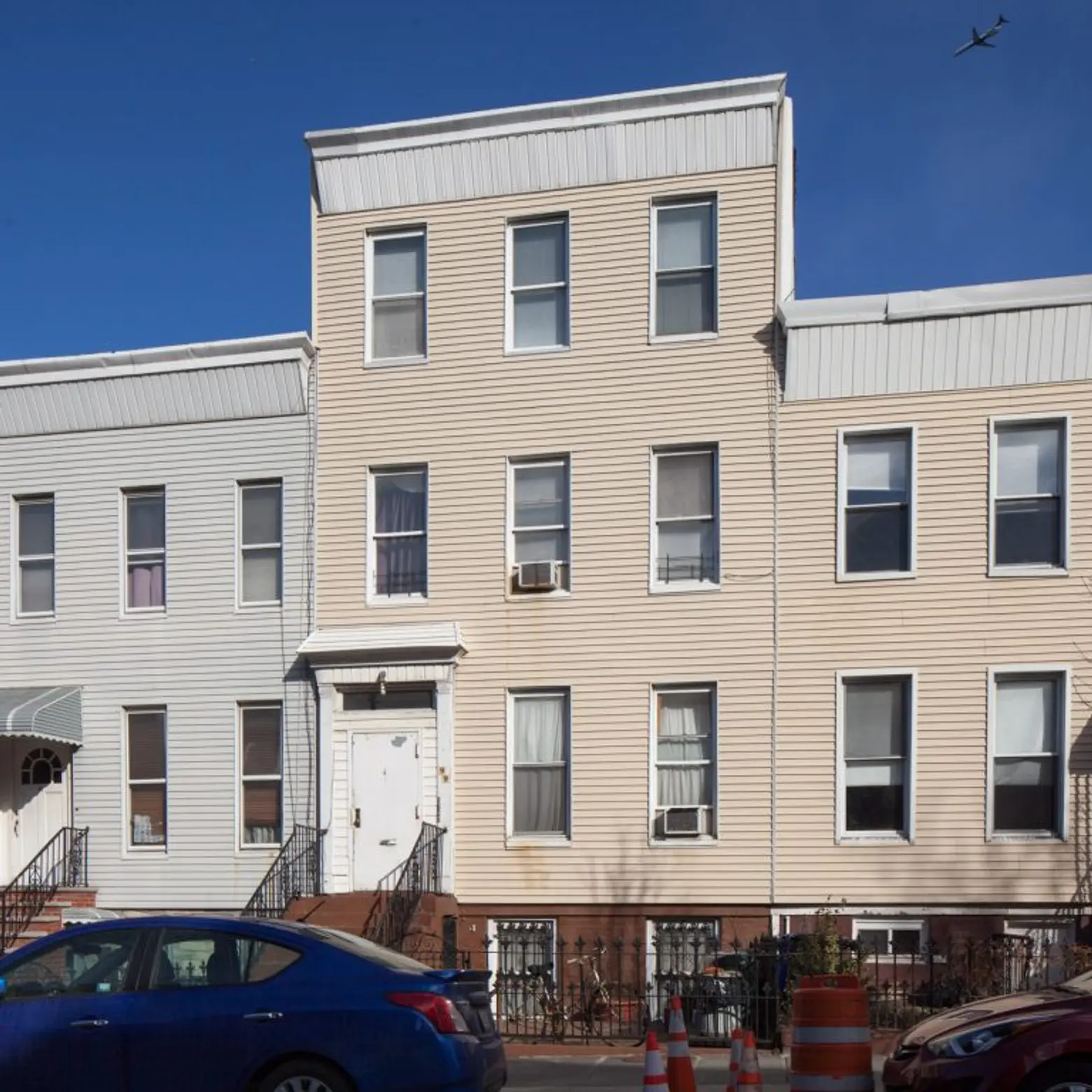
↑ 2. Only one residence associated with the great American poet Walt Whitman still stands–99 Ryerson Street in Brooklyn.
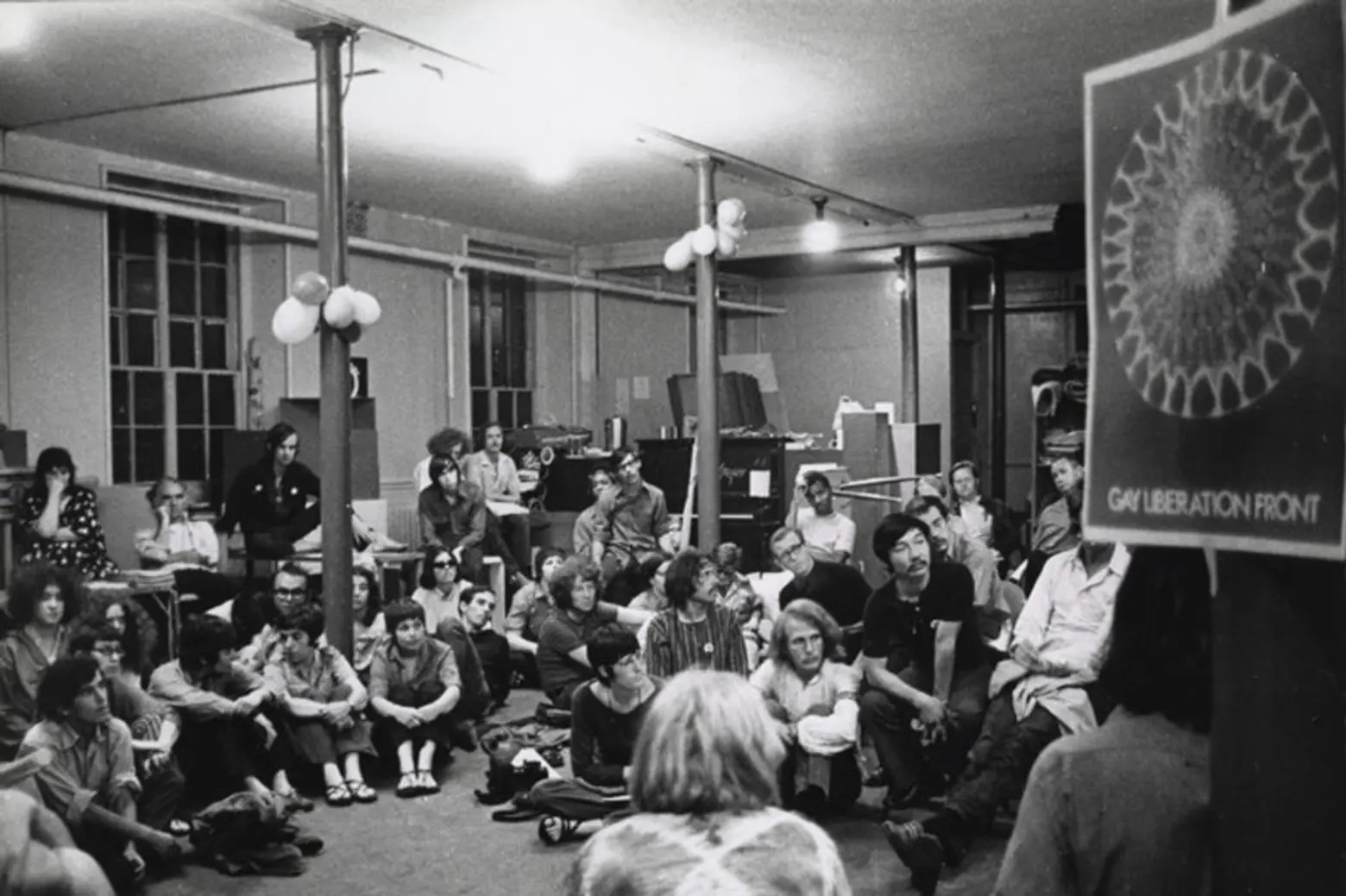
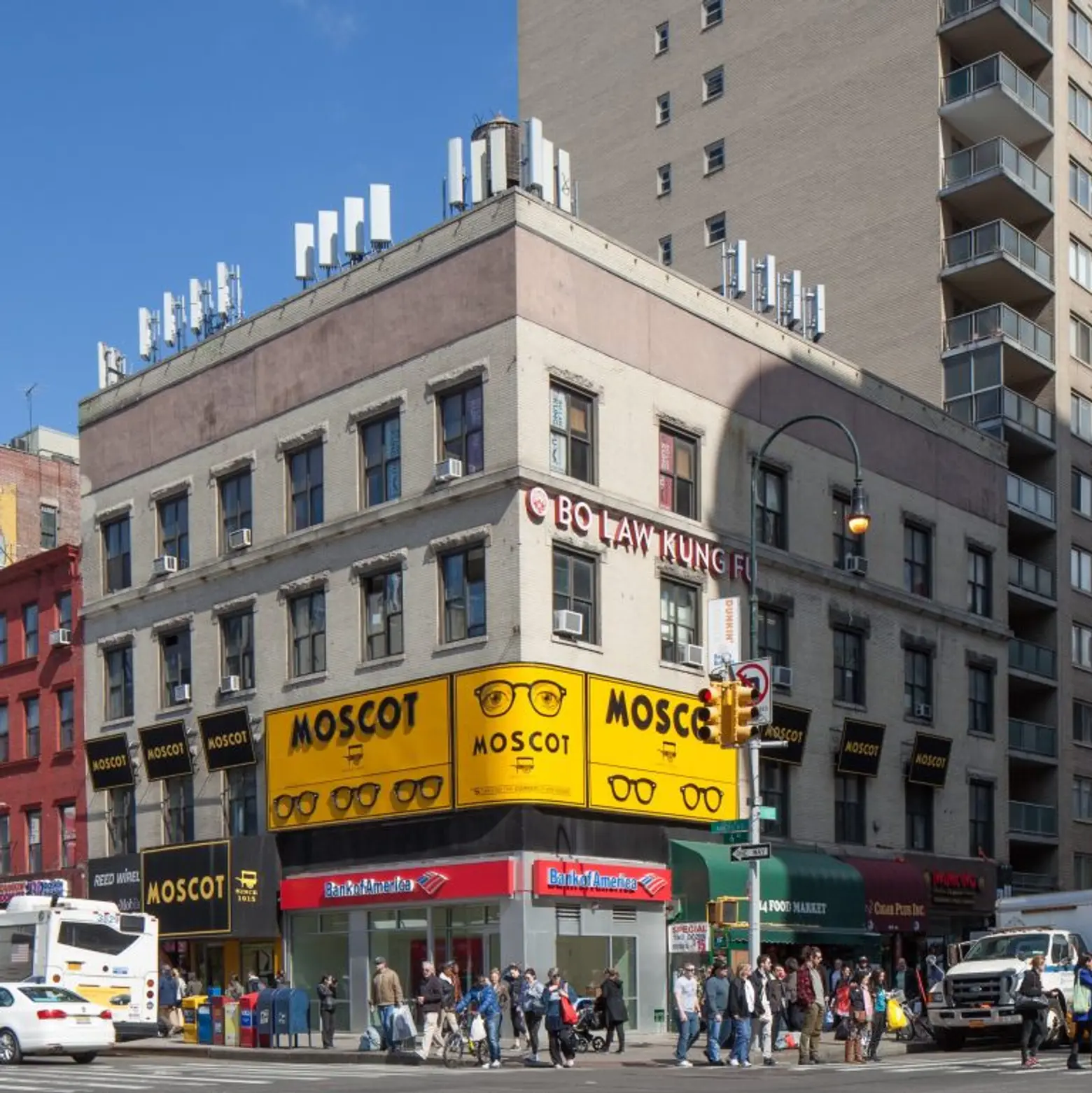
↑ 3. The first LGBT activist organization, organized after the Stonewall Rebellion in June 1969, was here in New York City — the Gay Liberation Front. This LGBT historic site is actively threatened with demolition.

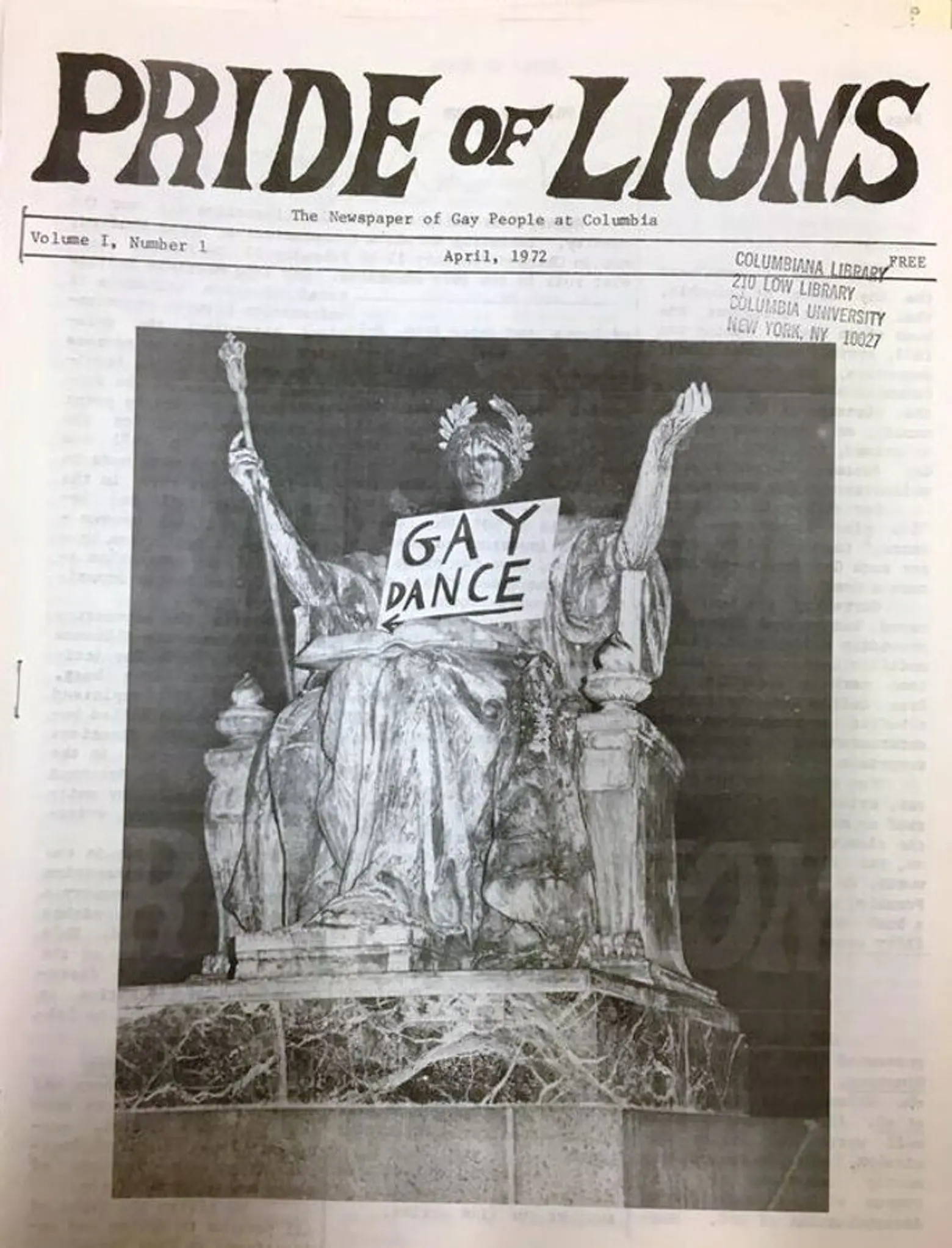
↑ 4. On Columbia University’s campus, six buildings are listed on the National Register of Historic Places. One of these is on the basis of its significance to LGBT history: Earl Hall, the venue for the first student gay group in America, the Student Homophile League, later Gay People at Columbia, founded in 1966. Earl Hall was also the site of pioneering monthly gay dances that were key social events for younger gay men and lesbians.
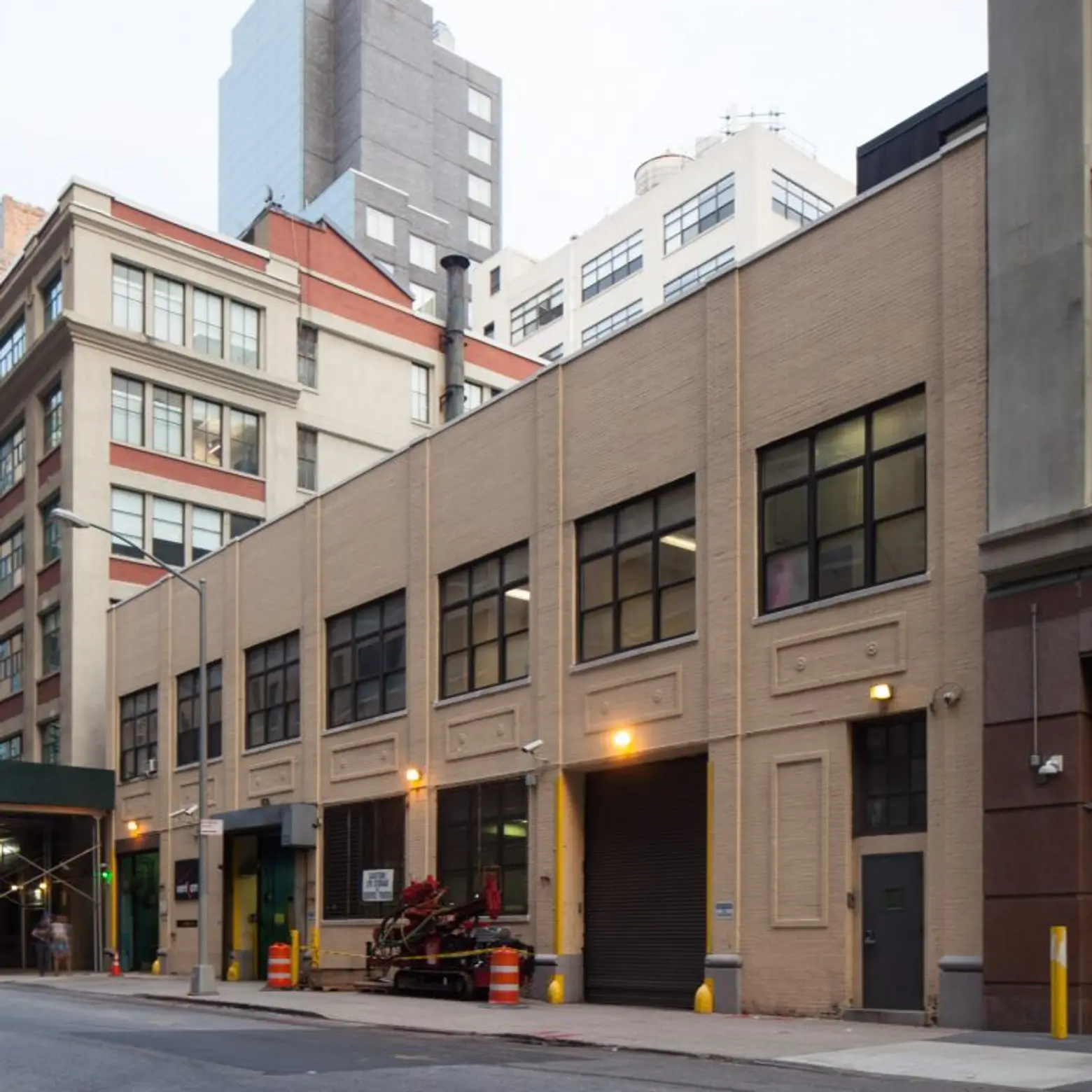
↑ 5. Legendary nightclub Paradise Garage was considered the birthplace of the modern nightclub. Resident DJ Larry Levan influenced dance music tastes and trends across the globe. The site has just recently been demolished.
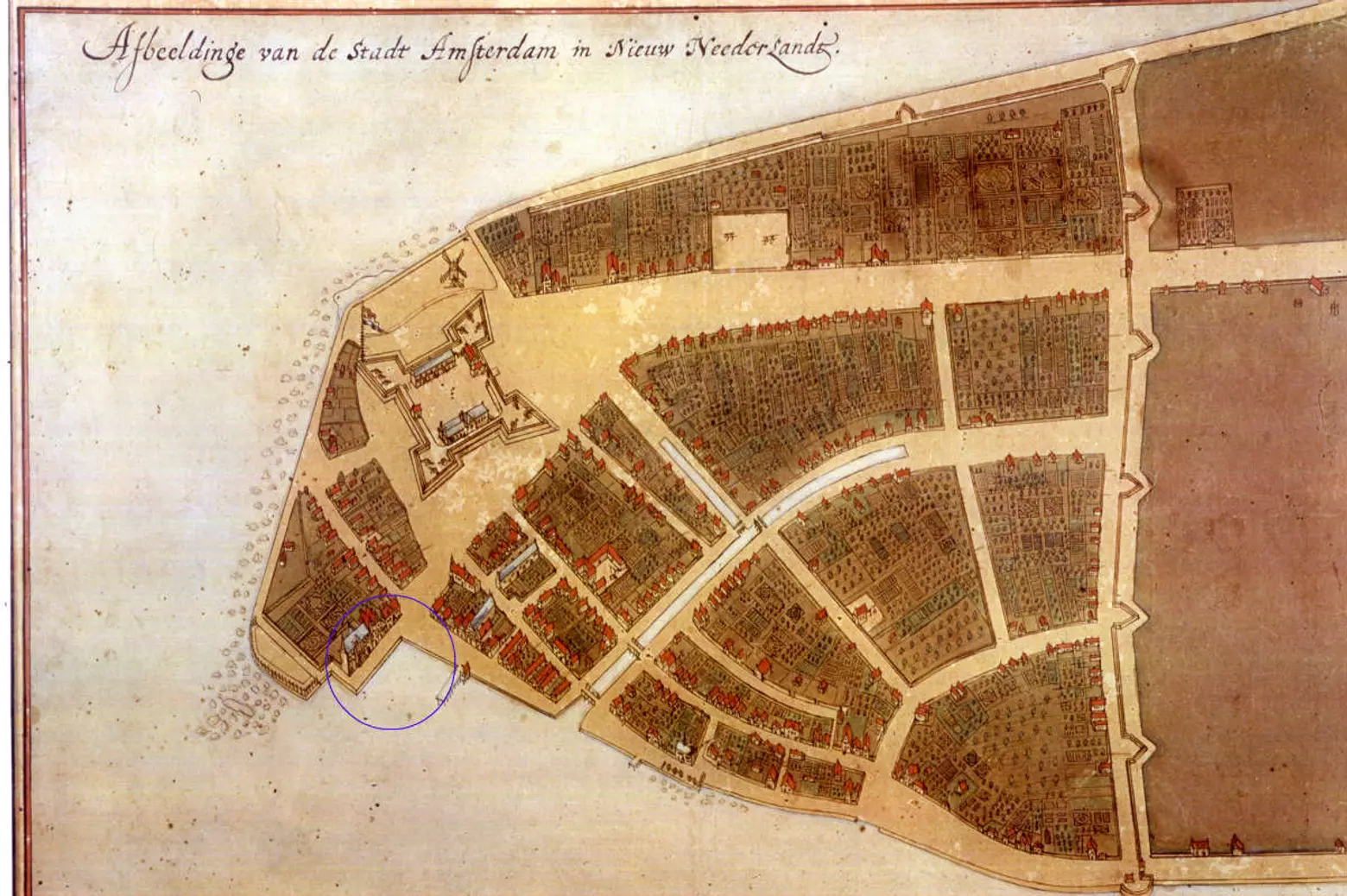
↑ 6. The NYC LGBT Historic Sites Project has documented sites of significance as far back as the Dutch settlement when New York was still New Amsterdam. In the mid-1600s, records show men executed in today’s Whitehall area for the crime of sexual relations with boys, sodomy being a crime punishable by death.
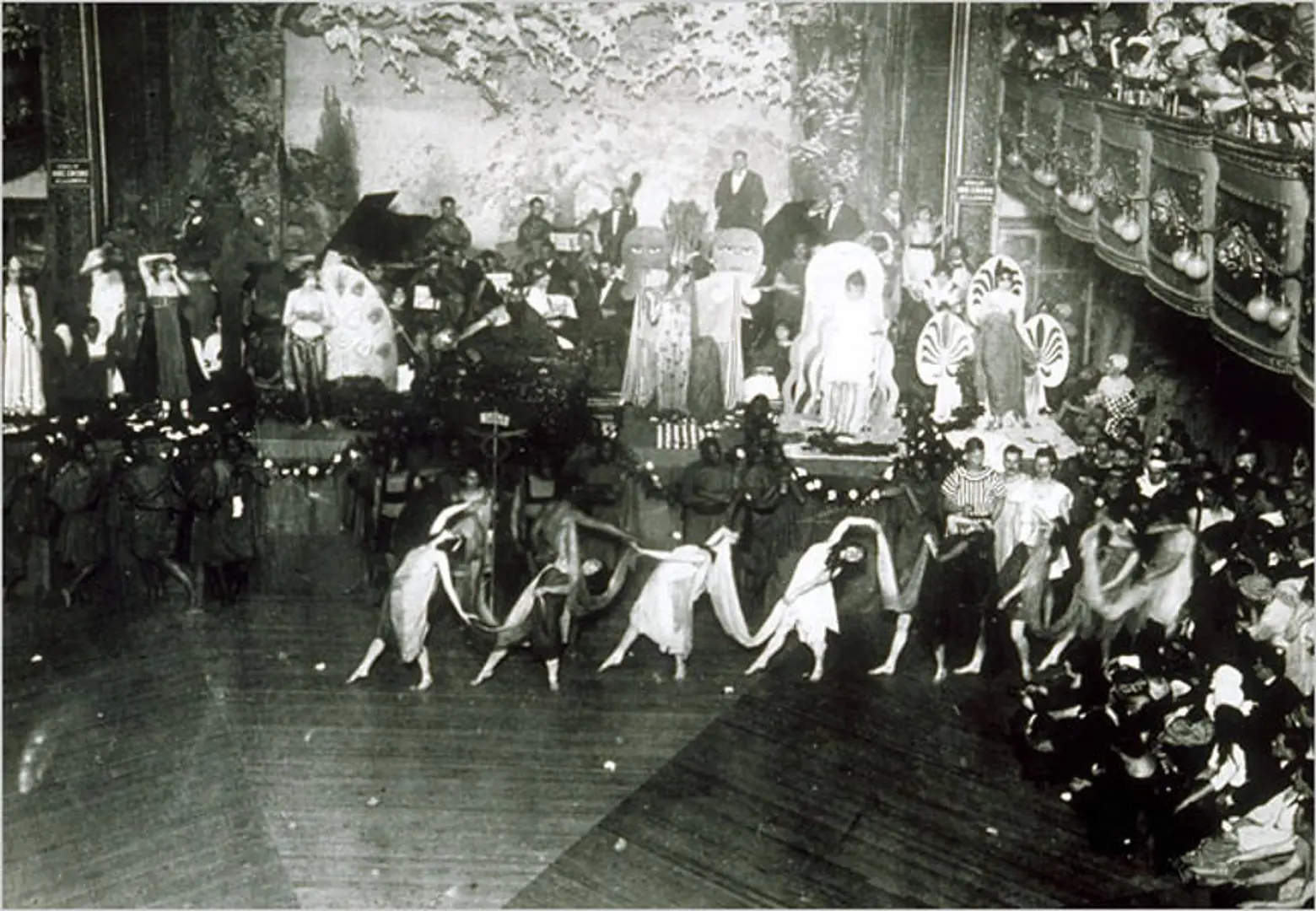
↑ 7. Long before it became a well-known concert venue, Webster Hall in the East Village was one of New York’s most significant large 19th-century assembly halls, famous for its Bohemian masquerade balls in the 1910s and 1920s and a gathering place for an early 20th-century lesbian and gay community, who felt welcome and then sponsored their own events by the 1920s.
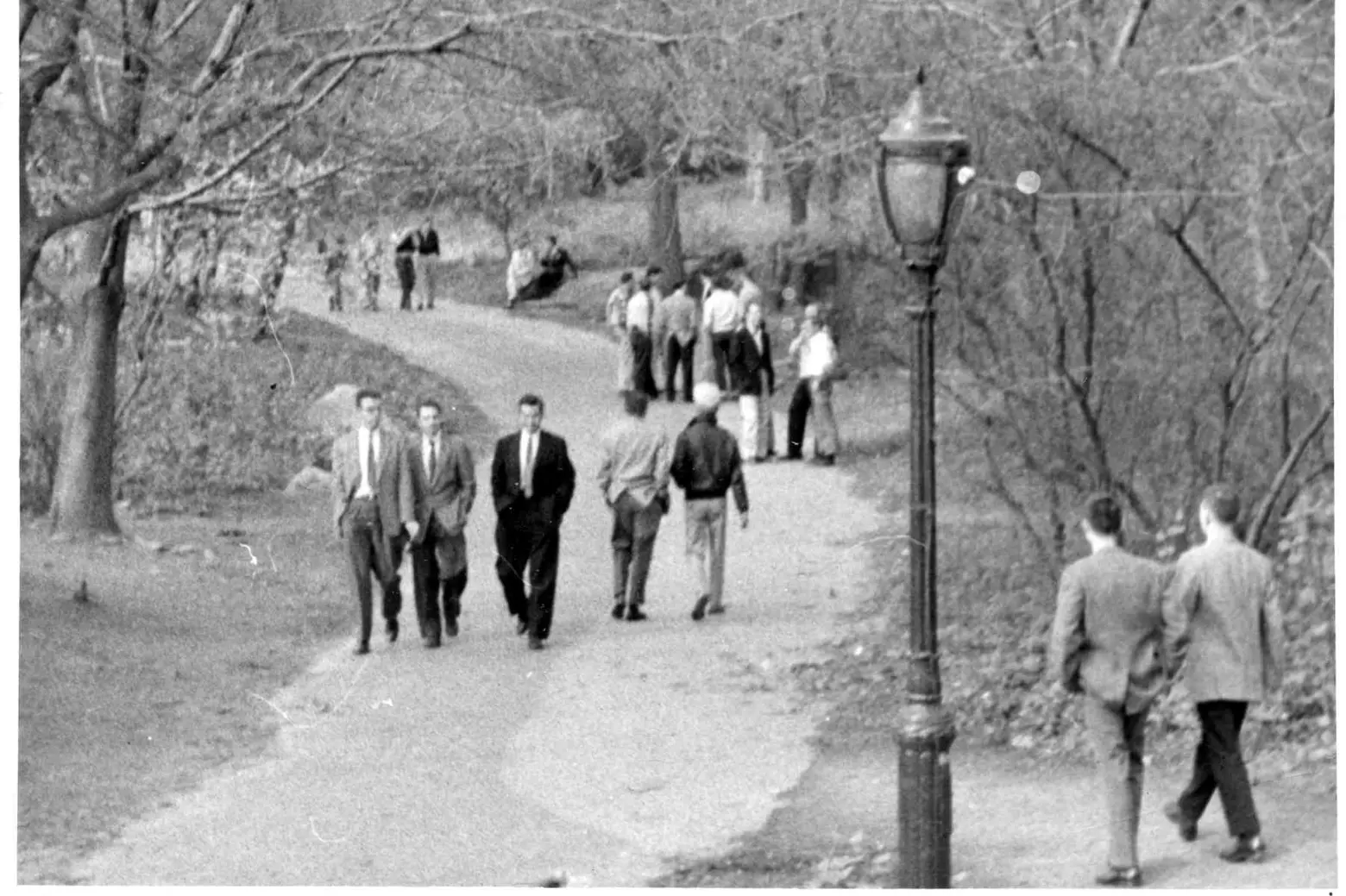
↑ 8. “Vaseline Alley,” “Bitches’ Walk,” and “the Fruited Plain” are just some of the nicknames for the popular cruising locations in historic Central Park.
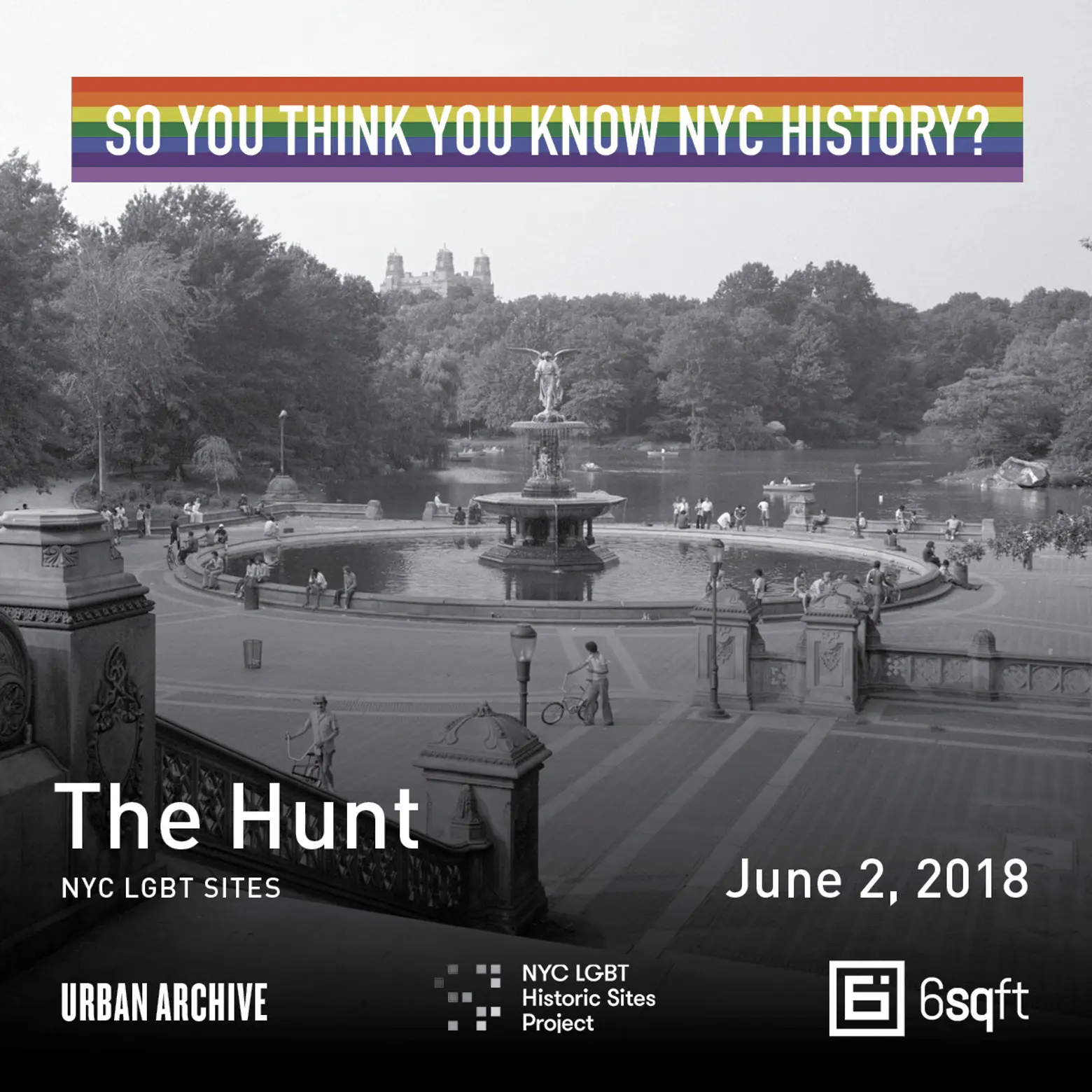
Register for the event and find out more details HERE >>
+++
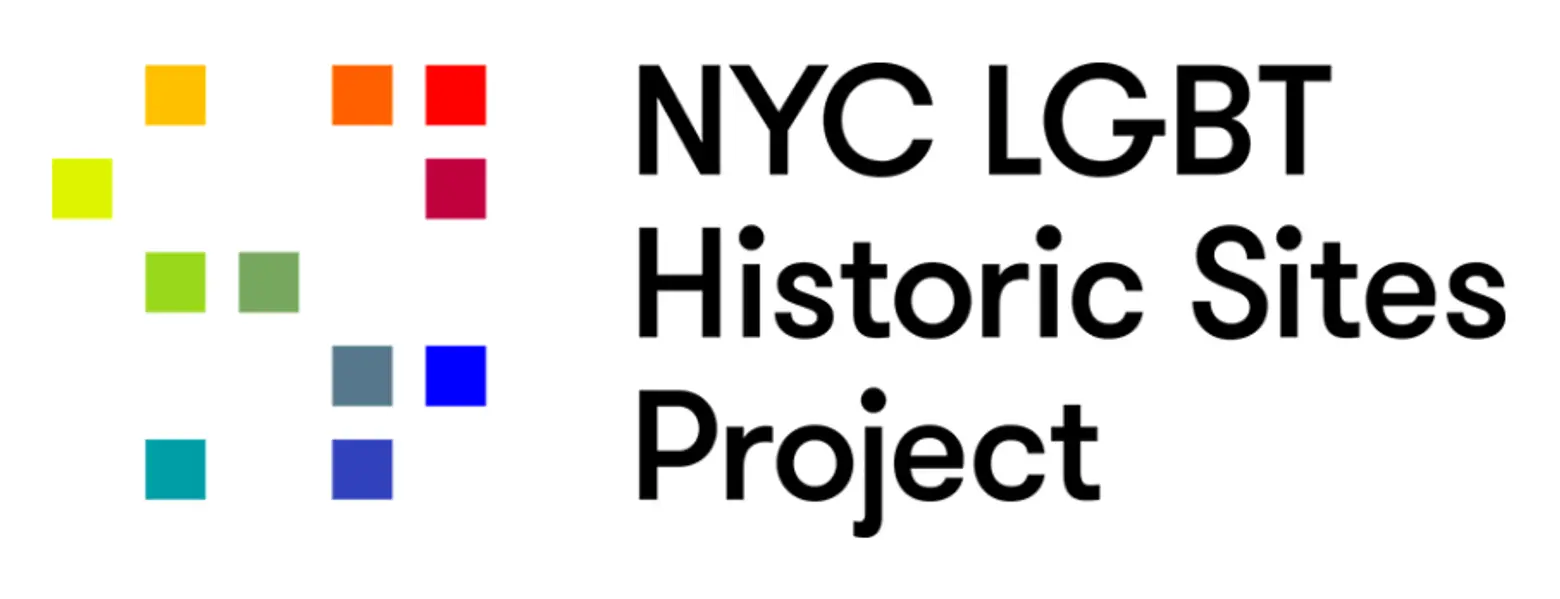 The NYC LGBT Historic Sites Project is a scholarly initiative and educational resource that officially began in August 2015 and is based on over 25 years of research and advocacy by founders and directors, Andrew Dolkart, Ken Lustbader, and Jay Shockley. While part of the Organization of Lesbian and Gay Architects + Designers (OLGAD), they helped create the nation’s first map for LGBT historic sites in 1994.
The NYC LGBT Historic Sites Project is a scholarly initiative and educational resource that officially began in August 2015 and is based on over 25 years of research and advocacy by founders and directors, Andrew Dolkart, Ken Lustbader, and Jay Shockley. While part of the Organization of Lesbian and Gay Architects + Designers (OLGAD), they helped create the nation’s first map for LGBT historic sites in 1994.
It is the first initiative to document historic and cultural sites associated with the lesbian, gay, bisexual, and transgender community in the five boroughs. Sites illustrate the richness of the city’s LGBT history and the community’s influence on America.
RELATED:
- INTERVIEW: The NYC LGBT Historic Sites Project talks gay history and advocacy in NYC
- VIDEO: Tour historic LGBT sites in Greenwich Village, from Stonewall and beyond
- Explore historic LGBT sites in NYC with this interactive map
All photos and images courtesy of the NYC LGBT Historic Sites Project
